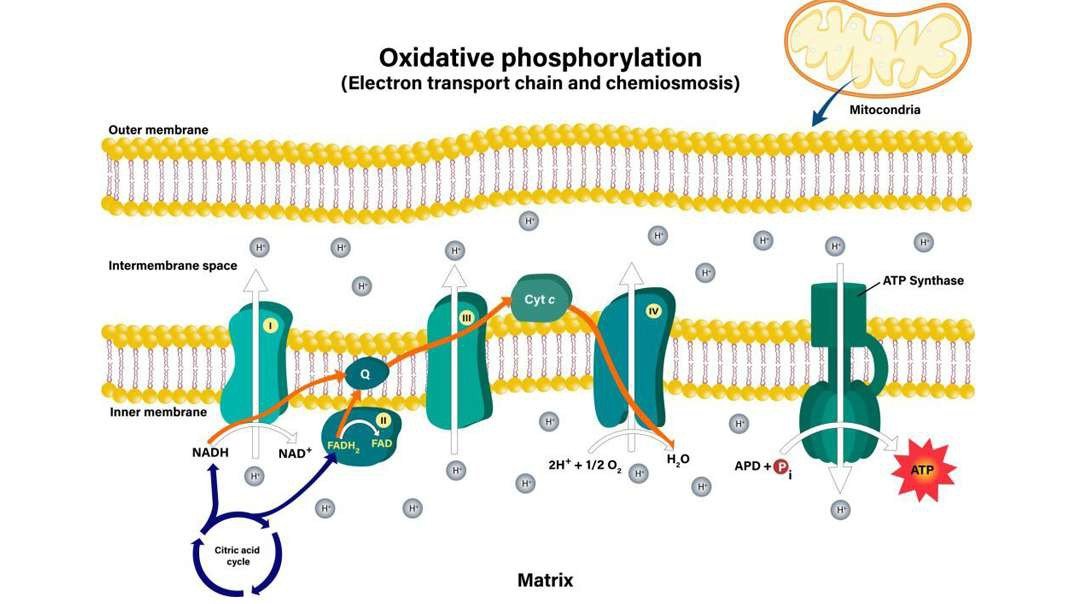
:
Photosynthesis: Light Reaction, Calvin Cycle, and Electron Transport
In order for plants to grow, they need inputs of carbon dioxide, water, and energy. The chemical process by which plants used these resources to manufacture glucose, the building blocks of plants is called photosynthesis. In the process oxygen gas is produced as a byproduct. The energy of photosynthesis originates in the sun, and arrives at the earth as sun light. This light has both a wave and a partial nature. The partials or photons are the smallest units of light. Photons isolate along a path which is measured as wave’s length. The light emitted from the sun contains photons in a wide spectrum of wave length called the electromagnetic spectrum. Photosynthetic organisms use only small portion of the electromagnetic spectrum called visible light. Photosynthetic organisms contain pigments. The facilitates the capture of wave length of light of light in visible light range. The color of the pigments comes from the wavelength’s light reflected. Plant appear green because they reflect yellow and green wavelength of light. Red and blue wavelength of light are absorbed by these pigments and provide the energy that is used for photosynthesis. Within eukaryotic photosynthetic organisms, also known as phototrophs, the chemical reaction of photosynthesis occurs within plants cells in specialized structure known as chloroplast. Photosynthesis consist of two sets of reactions. The light-dependent reactions and the Calvin cycle (light-independent). Within a chloroplast are small disk-like structure called thylakoids, which are surrounded by fluid-filled space called stroma. The reaction that synthesize glucose, the Calvin cycle occur in the stroma. The light-dependent reactions occur in the thylakoid. It is here that conversion of light energy to chemical energy is initiated. In most photosynthetic organism’s thylakoid contain pairs of photosystems called photosystem1 and photosystem2 that work in tandem to produce the energy that will later be used in stroma to manufactures sugars. The photosystems of the thylakoid consist of a network of accessory pigment molecules, and chlorophyll. The molecules that absorb the photons of light. Within the pigment molecules the absorbed light energy excites electrons to a higher stage. Photosystems will channel the excitation energy gathered by the pigment’s molecules to a reactions center chlorophyll molecule which will then pass electrons to a series of proteins located on the thylakoid membrane. photons of light strike photosystem1 and photosystem2 simultaneously. We will examine what happens with the photons striking photosystem2 first. The energized electrons are passed from the reaction center of photosystem2 to an electron transport chain. The electron lost by photosystem2 are replaced by a process called photolysis which involves the oxidation of water molecule producing free electrons and oxygen gas. While this oxygen gas is byproduct of photosynthesis its an important input to the cellular respiration pathways. As electrons pass through the electros transport chain the energy from the electron is used to pump hydrogen ions from the stroma to the thylakoid creating a concentration gradient. This gradient power a protein called ATP synthase which phosphorylate an ADP to form ATP. The low energy electrons leaving photosystem2 are shuttled to photosystem1. within photosysterm1 low energy electrons are reenergized and are passed through electron transport chain where they are lose to produce electron carrier ADP+ to NADPH. When the chloroplast
Is reserving a steady supply of photons, NADPH and ATP molecules are rapidly been provided to metabolic pathways in the stroma. Therefore, the ATP and NADPH formed during the light dependent reaction are used in the stroma to fuel the Calvin cycle reaction. The Calvin cycle consist of a series of reaction that reduce carbon dioxide to produce the carbohydrate glyseraldehyde-3-phosphate. The cycle consists of three steps the first of which Is carbon fixation. In this step carbon dioxide is attached to ribulose 1,5 bisphosphate resulting in six carbon molecules that splits into 2 three carbon molecules. The second step is a sequence of reaction using electrons from NADPH and some of the ATP to reduce carbon dioxide. In the final step ribulose 1,5 bisphosphate is regenerated. For every three turns of the cycle, five molecules of glyceraldehyde-3 phosphate are used to re-form three molecules of ribulose 1,5 bisphosphate. The remaining glyceraldehyde-3 phosphate is then used to made glucose, fatty acids or glycerol. It makes two molecules of glyceraldehyde-3 phosphate to make one molecule of glucose phosphate. Thus, the Calvin cycle have to runs six times to produce one molecule of glucose. These molecules can remove their phosphate and add fructose to form sucrose, the molecule plant used to transport carbohydrate through out their system. Glucose phosphate is also the starting molecule for the synthesis of starch and cellulose. Plants produce sugars to use as storage molecules and structural components for their own benefit. By utilizing the energy of the sun along with inputs of water and carbon dioxide, plants act as glucose factories. Photosynthetic organisms are the primary producer of glucose on the planet. They also produce oxygen gas as a byproduct, and thus serve as the foundation of life, providing food , and oxygen for the complex food webs on both land and in the oceans.



















